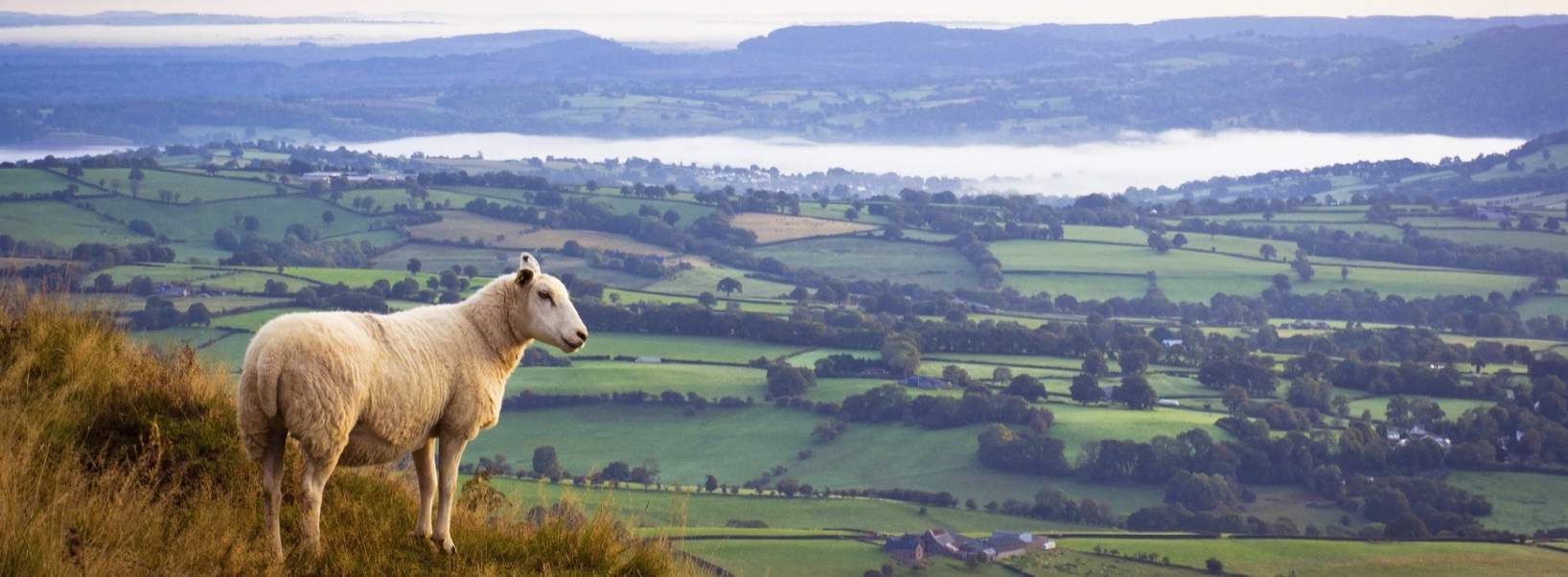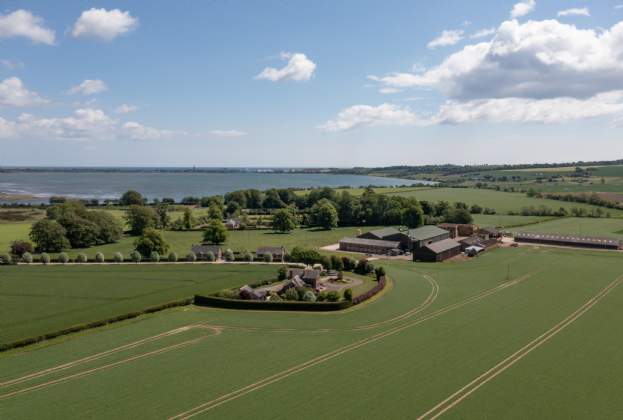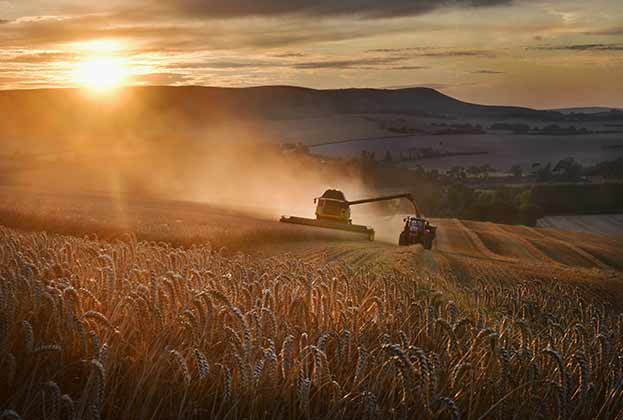In our Farmland Market Spotlight published in January, we said 2023 represented a step change in farmland supply and forecast that the volume would increase further this year. Early indications suggest this will be correct. But why? If the decline in market activity was linked to Brexit and uncertainty while the UK governments developed their new national agricultural policies, then it follows once this policy emerges farmers will evaluate their options and begin to make long-term business and investment decisions with more confidence again.
The agricultural transition has advanced more quickly in England which is perhaps why supply is above average and behind in Scotland where much of the detail for future farm support is still awaited. For more information about plans and progress with the agricultural transition across the home nations see our latest briefing note which compares each country’s approach.
Triggering change has been a specific government objective and in England an exit scheme was introduced to encourage farmer retirements. The future without the baseline stability provided by the basic payment looks more complex, and the outlook is exacerbated by lower margins as costs have risen and commodity prices have dropped considerably since the initial impact of the invasion of Ukraine. Consequently, some farmers are changing how they run their farms, and others are retiring leading to some farmland sales. Based on our farm agency team’s instructions we are expecting the trend of higher farmland supply to continue throughout the year.
What do buyers want?
Relative to last year 15% fewer new potential buyers registered in the first quarter of the year, but more than in 2021 and 2022. We are seeing more overseas interest, for instance, in Scotland the number of overseas potential buyers has doubled from last year.
Higher supply and fewer buyers offer an opportunity for those in the market to be more selective and focus on higher-quality properties. The quality of a farm’s infrastructure for example is influencing values strongly. Farms with good-quality buildings suited to modern agriculture tend to attract more interest and competition in the current market, which can lead to a sale being agreed more rapidly.
Another wet autumn and spring mean buyers are scrutinising drainage more carefully – free-draining land is generally favoured unless yields are seriously impacted in drier weather. Where productivity is dependent on underdrainage, records and the quality of this system are becoming more important to buyers and will be factored into their offers given the expense of investing in new field drainage systems. Similarly, the security of water supplies for irrigating specialist cropping is coming under greater focus.
Water and, more particularly, the potential financial benefits landowners can receive through stewardship schemes have also risen up the agenda – peatland rewetting, flood alleviation, nutrient neutrality and more active water meadow management, all offer welcome alternative financial returns.
At this early stage in the year, very few transactions have been completed so our overall average regional and national farmland values have changed very little from Q4 2023. As supply is likely to increase relative to demand in 2024, greater variation in values is expected.
Further information
Contact Andrew Teanby and Alex Lawson

.jpg)
.jpg)
.jpg)

.jpg)


.jpg)

